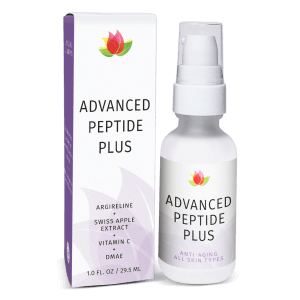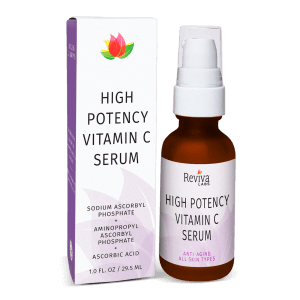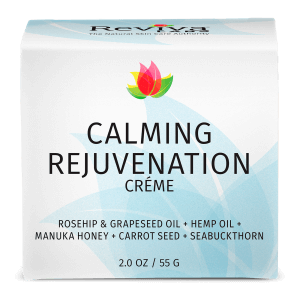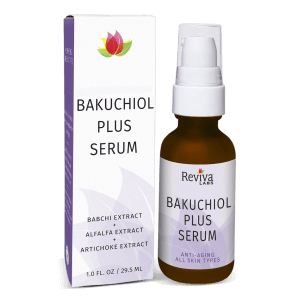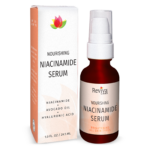Skin Care
Does Healthy Skin Shine Naturally?
A soft radiance from the skin is often admired, yet few people realize that true skin health is about much more than surface glow. In fact, whether or not healthy skin shines is a topic that blends biology, beauty standards, and skincare science. It’s tempting to think that the more our skin gleams, the healthier it must be, but that isn’t always the case. Let’s unpack what a healthy complexion really looks like — and whether a genuine “shine” is part of the equation.
Skin’s Natural Glow Versus Shine
First, it’s important to separate the idea of a glow from a shine. Glow typically refers to a smooth, even complexion that reflects light softly. Shine, on the other hand, often suggests an excess of oil on the skin’s surface, creating a more reflective and sometimes greasy look. Healthy skin leans toward a glow, not a slick shine.
Skin glow comes from several biological factors: hydration, good barrier function, adequate oil production, and cell turnover. When your skin cells are plump with moisture and dead cells have been properly shed, light bounces more evenly off the surface. It’s similar to the way light reflects more beautifully off a polished stone than a rough one.
A statistic from the American Academy of Dermatology reveals that hydration alone can improve skin’s appearance by up to 20% in light reflectivity, underscoring how important moisture balance is for that coveted glow.
Why Shiny Skin Can Be a Red Flag
If your skin is constantly shiny, especially in the T-zone (forehead, nose, and chin), it could mean your skin is overproducing sebum. This excess oil can clog pores, leading to breakouts or a rougher skin texture. Ironically, when skin is too dry underneath, it sometimes overcompensates by producing more oil at the surface, leading to a greasy yet dehydrated state.
Environmental factors also play a role. High humidity can make the skin appear shinier because it prevents sweat and sebum from evaporating. Certain skincare products can contribute too, especially those heavy in oils or silicones.
The Role of Skin Barrier Health
The skin’s outermost layer, the stratum corneum, acts as a barrier against water loss and environmental harm. A well-functioning barrier retains moisture efficiently, and that hydration gives skin its soft suppleness and slight glow. Disruption of this barrier can result in dehydration, dullness, and even inflammation.
Products that support the skin barrier — like those containing hyaluronic acid, niacinamide, and glycerin — are essential for maintaining a balanced, healthy look. Reviva Labs, for example, highlights the role of humectants like glycerin and hyaluronic acid in promoting moisture retention and barrier resilience.
Exfoliation: Essential for Radiance
Natural cell turnover slows with age. Dead skin cells build up on the surface, scattering light instead of reflecting it smoothly. This buildup can lead to a dull, rough appearance.
Gentle exfoliation, whether chemical with alpha-hydroxy acids (like glycolic acid) or enzymatic with fruit enzymes, helps remove this layer. Products featuring ingredients like glycolic acid promote renewal and reveal fresher, more radiant skin underneath.
However, over-exfoliating can backfire, damaging the barrier and causing redness, irritation, and unwanted shine from inflammatory responses. Balance is key.
Hydration’s Critical Role in Skin Appearance
Hydrated skin is plumper, smoother, and naturally more luminous. A dehydrated face can look flat, flaky, or sallow. The body of research supporting hyaluronic acid’s moisture-retaining ability is staggering — one molecule can hold up to 1,000 times its weight in water, making it a powerhouse for maintaining skin hydration.
Additionally, natural oils like avocado oil, used in many moisturizing products, supply essential fatty acids that bolster the lipid layer, helping to seal in hydration without suffocating the skin.
Antioxidants: Silent Workers for Skin Glow
Free radicals from sun exposure, pollution, and stress attack the skin’s structure daily. This invisible damage dulls the complexion over time. Antioxidants like Vitamin C, CoQ10, and resveratrol neutralize these harmful molecules, preserving skin’s youthful radiance.
Vitamin C, for instance, has been clinically shown to improve the appearance of fine lines and brighten uneven skin tone. A stable form like magnesium ascorbyl phosphate ensures skin receives this benefit with minimal irritation.

Does Matte Skin Mean Unhealthy Skin?
Not at all. Healthy skin doesn’t have to look dewy or shiny to be considered vibrant. Many skin types, particularly drier or mature ones, have a more satin or matte finish even when they’re perfectly healthy.
Lifestyle factors also play a role. Those in colder, drier climates naturally show less surface oil, which affects the appearance of sheen. This does not imply the skin is lacking vitality if hydration and barrier function are intact.
In fact, some dermatologists suggest that forcing shine through heavy oils or constant misting can actually do more harm than good by disrupting the skin’s natural balance.
Cultural Expectations and the Beauty Ideal
Society’s view of what “healthy skin” should look like has changed dramatically. In the early 20th century, powdery, matte skin was the ideal. Today, the beauty industry often idolizes dewy, “glass skin” finishes, particularly influenced by Korean skincare trends.
While this look can be beautiful, it’s important to remember that real skin has texture, minor imperfections, and fluctuations in moisture levels. Chasing a constantly glassy or overly shiny complexion can lead to overuse of products and irritation.
Common Causes of Excessive Shine
Several factors can cause more shine than is typical for healthy skin:
- Hormonal fluctuations, especially during adolescence, pregnancy, or perimenopause.
- Overuse of heavy moisturizers or serums layered incorrectly.
- Poor cleansing habits leading to oil buildup.
- Climate — high humidity can amplify skin’s natural oils.
- Diets high in processed foods, sugar, or dairy, which may increase inflammation and oil production.
Addressing these root causes is far more effective than simply blotting or matting the surface.
How to Foster a Healthy, Balanced Glow
Building a skincare routine that supports your skin’s health will lead to its best natural appearance — glow included. Key practices include:
- Cleansing properly without stripping natural oils.
- Moisturizing consistently with lightweight yet nourishing products.
- Exfoliating appropriately using gentle methods to avoid barrier damage.
- Incorporating antioxidants to protect against environmental damage.
- Applying sunscreen daily, since UV exposure is a leading cause of dullness and uneven texture.
Simple lifestyle changes also support skin radiance, such as staying well-hydrated, eating antioxidant-rich foods, managing stress, and getting enough sleep.
When Shine Can Signal a Problem
Sometimes, a persistent shiny appearance isn’t just cosmetic. Conditions like seborrheic dermatitis, rosacea, or even underlying hormonal imbalances like polycystic ovarian syndrome (PCOS) can alter oil production and lead to visible shine combined with redness, flaking, or breakouts.
If sudden changes occur, especially if they come with discomfort or other symptoms, it’s wise to consult a dermatologist.
Embracing Your Skin’s Natural Rhythm
Ultimately, healthy skin isn’t about a specific look — it’s about function. When skin properly retains moisture, defends against environmental aggressors, renews itself efficiently, and produces a balanced amount of oil, it tends to have a soft luminosity.
This doesn’t mean a mirror-like shine. It means a freshness, a vibrancy, a softness that’s visible even if the surface is matte rather than wet-looking.
Healthy skin feels comfortable, behaves consistently, and looks at ease — whether it reflects a gentle glow or leans toward a subtle satin finish.







